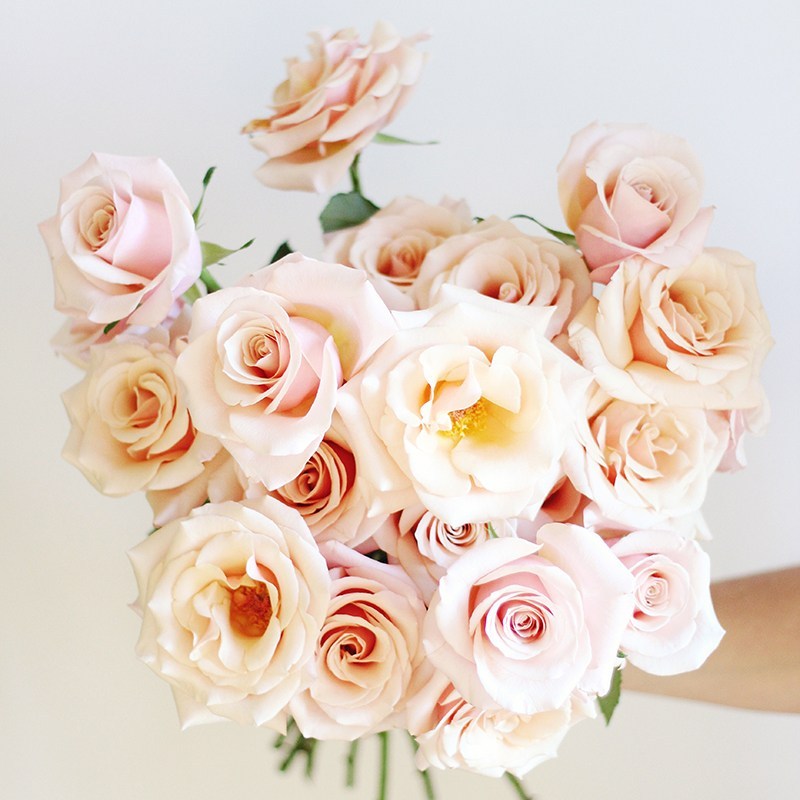There’s a game that families play around the dinner table to get the conversation going. It’s called Rose & Thorn. Each person shares their “rose” which is the best part of their day and their “thorn” which is the worst part of their day. A twist is to add a “bud” to the game which is the thing you are looking forward to most right now.
Our “bud” is re-opening Clearview on March 6th. Until then, here are some tips for turning your rose gardening “thorns” into “roses.”
1. Thorn: Roses are requiring too much maintenance
Consider switching to newer rose varieties which are less fussy than older ones. Modern roses are those that were bred since 1867 when the first hybrid rose was introduced. They require less care, are hardier, and have a higher resistance to diseases.
Rose varieties will differ by plant size, flower fragrance, and the number of blossoms. Here are some newer varieties to consider growing in your garden:

Archbishop Desmond Tutu™
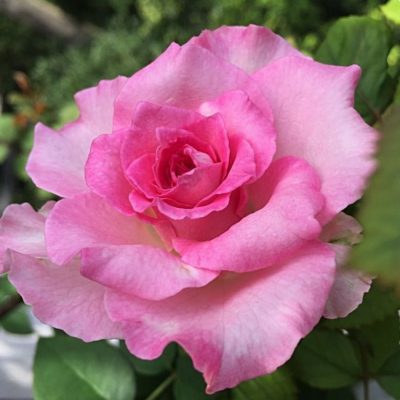
Beverly™
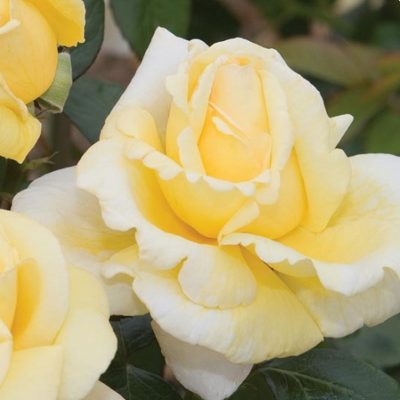
Eternal Flame®

Fiji™

Grande Amore™
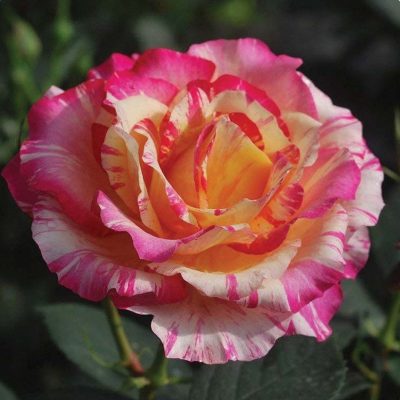
Maurice Utrillo™

Moonlight in Paris™
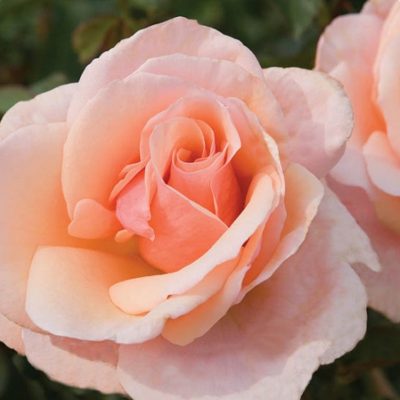
Mother of Pearl™
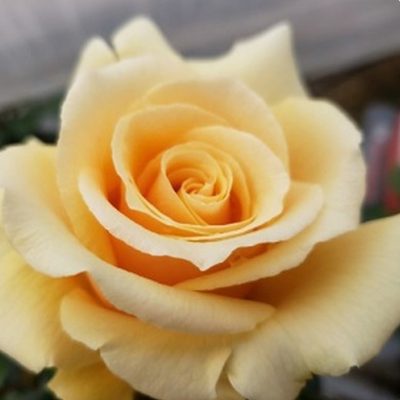
St. Tropez™

Summer Sun™

Winter Sun™
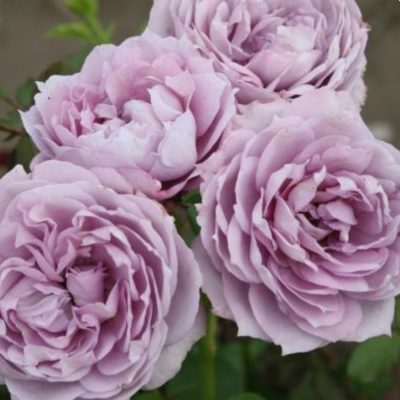
Poseidon™
2. Thorn: Unsure if planting roses at the right time and the right way
This may be the month for blooming roses with Valentine’s Day just around the corner. But the best timing for planting your roses is any time after April or in the fall about six weeks before the first frost.
Consider these factors when planting your roses:
Plant your bushes in an area that has full sun so they receive six to eight hours of direct sunlight daily
Avoid planting near trees or shrubs so they do not have to compete for nutrients, water, and light.
Loam soil is ideal for roses since it drains well but still holds enough moisture for the bush’s roots to absorb it.
Make sure you dig a hole that is deep and wide to allow for proper drainage and has enough room for the roses’ root growth.
3. Thorn: Ugly bare stems are showing
Rose bushes are gorgeous except they tend to have long and bare branches lower down. We recommend adding some companion plants next to them to hide these less appealing features. Giving your bushes some friends also helps to attract bees, butterflies, and birds that will eat the insects and other pests that like to live off roses.
We would suggest perennial or annuals such as lavender or geraniums, which can be found at our shop.
4. Thorn: Powdery mildew appearing on the leaves
Powdery mildew is a thin white coating caused by a fungal disease. It often appears during the summertime on hot, dry days with cool, moist nights. The mildew can develop on your roses’ leaves and flowers and usually attacks new growth first. It can make the leaves look unsightly by causing them to curl and pucker.
Try to combat mildew by following these suggestions:
- Water your roses at the ground level during the morning hours and make sure they are completely dry by night time.
- Avoid overcrowding by leaving space between bushes for airflow and prune them regularly.
- Trim the powdery leaves and other parts of the bush where the mildew appears.
- Control the spread by creating your own organic spray. Mix milk with water in a ratio of one part milk to nine parts water.
5. Thorn: Roses not making it through the winter months
Roses are a robust flower, but they still need a lot of TLC especially during the cold winter. The fall is the best time to start preparing your rose bushes for the winter season. Take these steps to protect your roses from damage so they can survive and thrive come spring time.
- Halt your fertilizers about six weeks prior to the first frost.
- Cut back your roses to about 24 inches so they don’t get harmed by winter winds and ice.
- Tie the rose bush’s canes together with twine to further protect it from winter weather.
- Place a mound of fresh, loose compost or soil around the base of the bush. Add another layer of hay or straw over the mound if you think it needs additional protection.
6. Thorn: Cut roses never seem to last long
A bouquet of fresh-cut roses from your garden makes a beautiful gift for your loved ones. Follow these steps to ensure your roses stay healthy and fresh from bush to vase.
- Cut your roses in the morning before 10:00 a.m. when they are fully hydrated. Choose flowers that are in the late bud stage, outer petals that are already open, and flowers that are not fully open.
- Use your pruners to cut the stems at a 45-degree angle and close to the base of your bush. Immediately immerse the cut stems in a container of cool water.
- Once inside, re-cut the stems one inch while holding them underwater. Place the cut roses in your vase and remove any leaves that are below the waterline.
- Suggest to the recipient that they change the water daily to remove any bacteria.
We welcome you to stop and smell the roses at Clearview when we re-open for the season on March 6th. May you have many rosy gardening days ahead that are full of more roses than thorns.
Free Gardening Resource
THE ULTIMATE GUIDE TO CLEMATIS!
Sign up for our newsletter and get your copy!

